Sulfur cinquefoil identification and control
About this weed
Sulfur cinquefoil is a regulated Class B noxious weed. This means control is required in King County under the state noxious weed law.
Sulfur cinquefoil, known as Potentilla recta, is in the rose family. Other common names for this plant are upright cinquefoil, and rough-fruited cinquefoil.
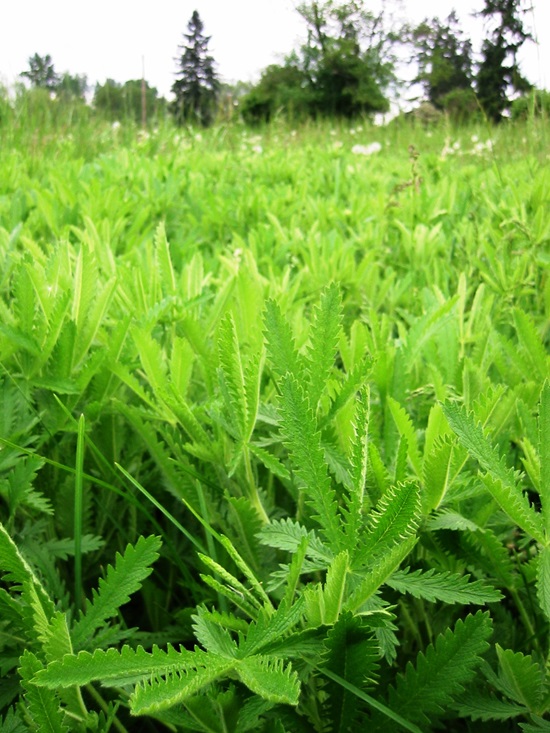
Why it's a problem
Sulfur cinquefoil displaces native and beneficial plants. It creates dense stands in rangeland, roadsides, waste places, and fields. Sulfur cinquefoil is a strong competitor with grasses in rangeland areas. It has a high tannin content and is unpalatable to most wildlife and livestock which in turn reduces forage value.
Plant description
Sulfur cinquefoil is a perennial (2 or more years life cycle) plant with upright, hairy, leafy stems up to 3 feet tall. Plants can live up to 20 years.
Flowers are pale yellow (buttery colored) with 5 heart-shaped petals around a darker yellow center. Flowers are present in early June to July.
Leaves are often compared to those of Cannabis, plants in the hemp family. Leaves are palmately lobed with 5 to 7 long leaflets uniformly toothed along edges.
Each plant has a woody crown and a deep taproot surrounded by shallow, spreading side roots. Side roots may give off new shoots. This plant can reproduce this way or by seeds or root fragments. Seeds can live for longer than 4 years in the soil.
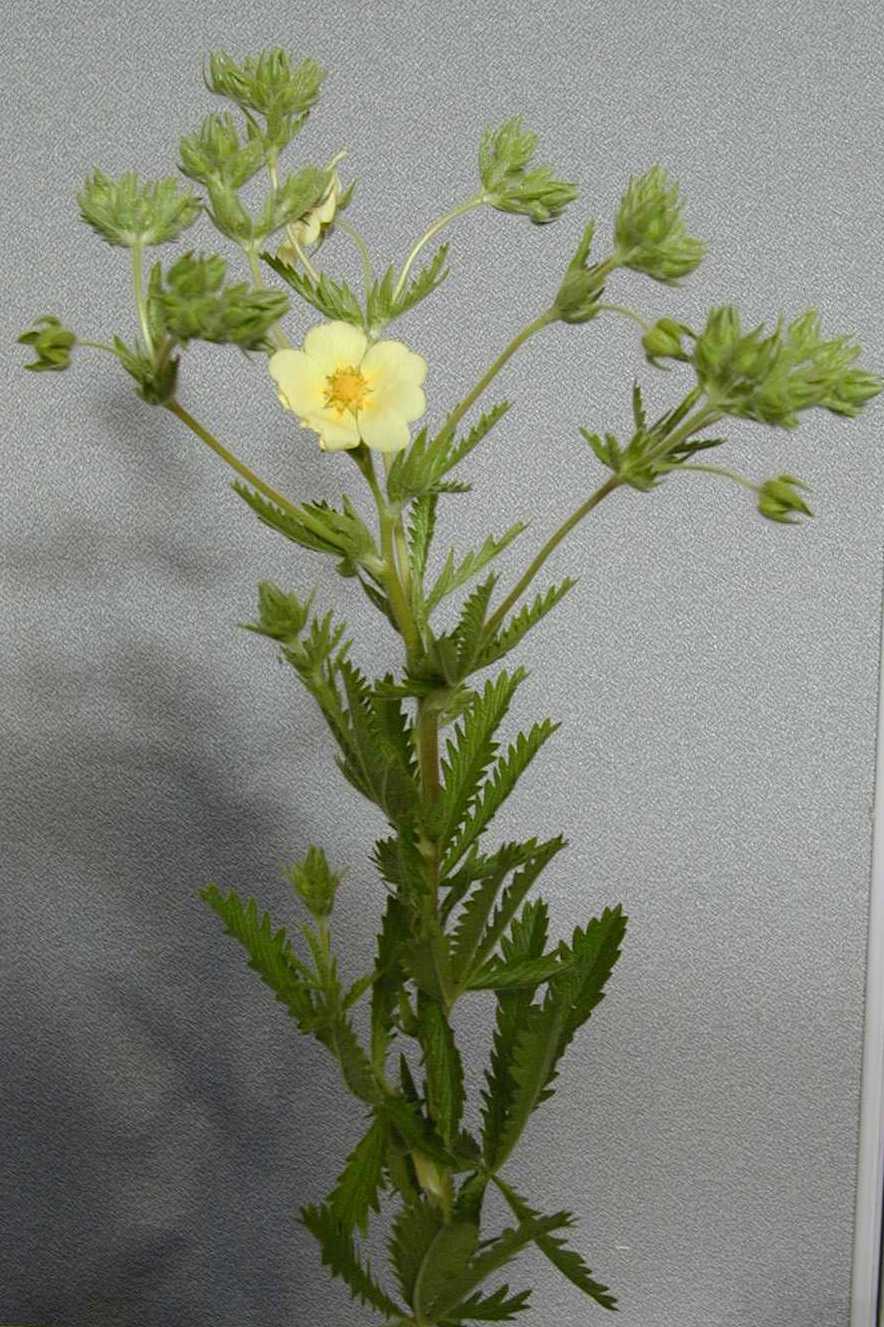
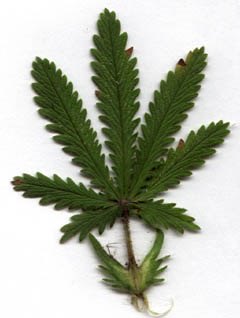
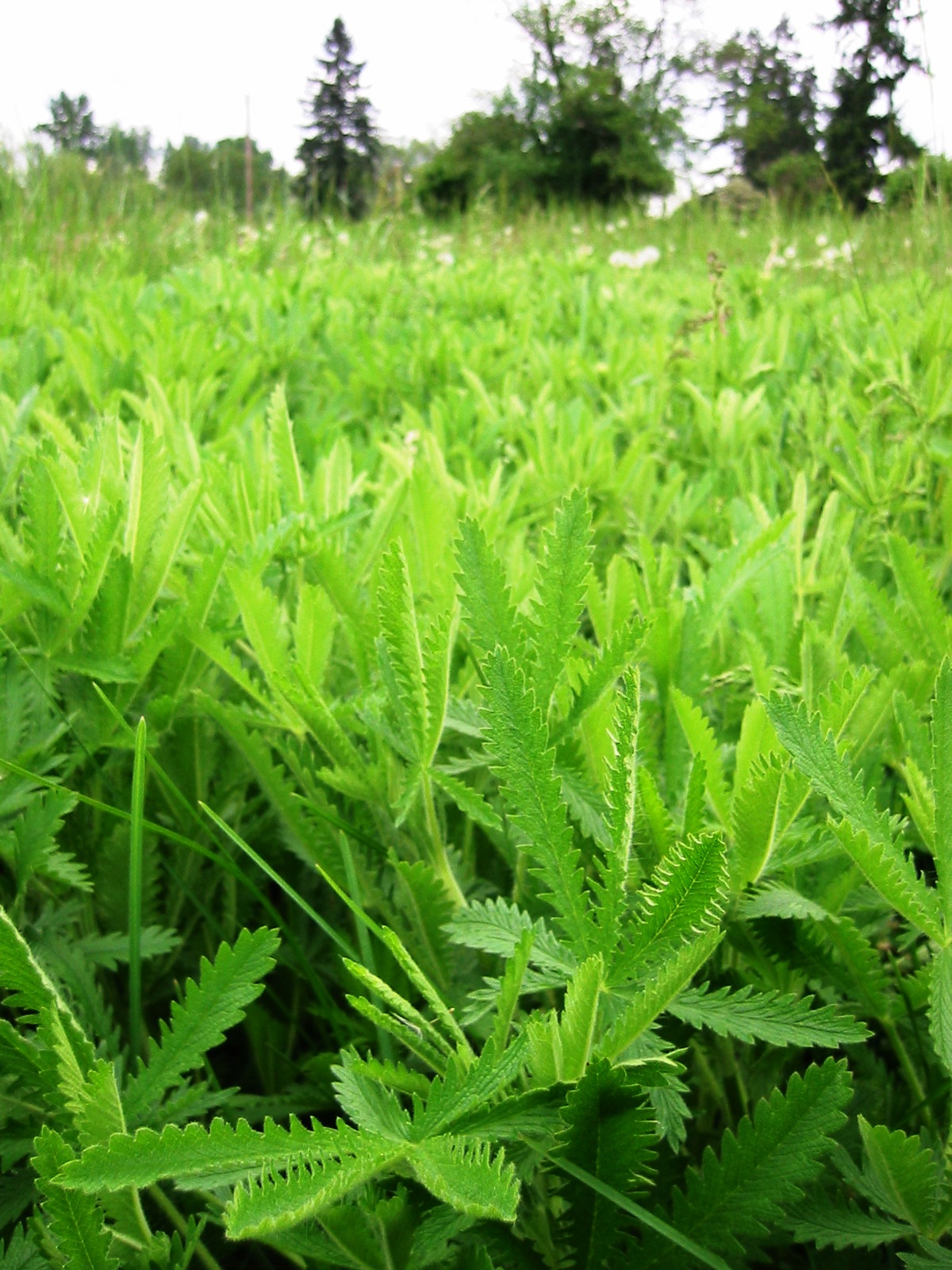
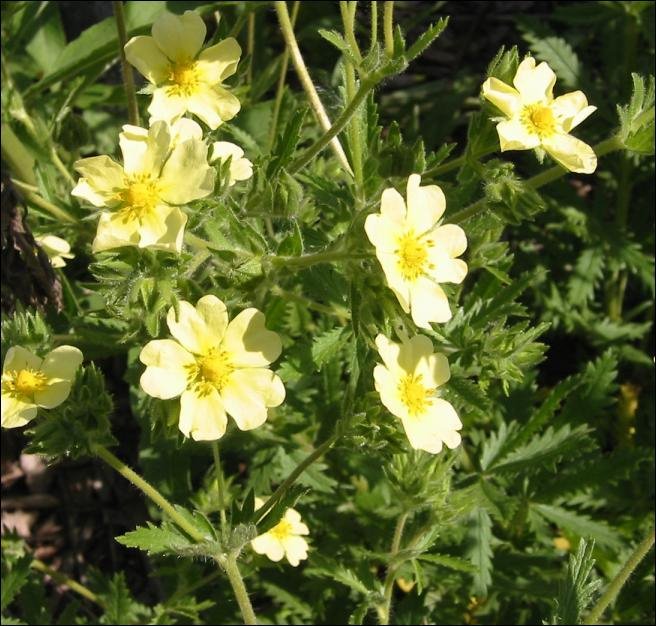
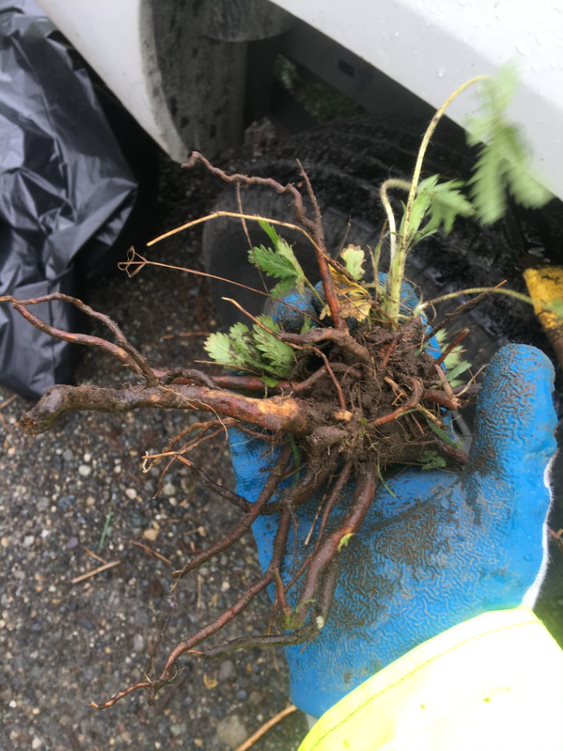

Be aware of look-alike plants
More information about some of the plants sulfur cinquefoil is often confused with:
Marsh-cinquefoil, purple marshlocks
When in doubt, take photos and share them with us or report them on iNaturalist.
What to do if you find it
Property owners are required to control sulfur cinquefoil on their property. Please notify us if you see sulfur cinquefoil growing in King County.
Our program staff can provide you with site-specific advice on how best to remove it. We map all known locations of regulated noxious weeds to help locate new infestations in time to control them.
Control methods
We recommend using a combination of methods to control noxious weeds. In areas with few weeds, it is important to act quickly before they become harder to control. Make a long-term plan as it often takes several years to get rid of most weeds. Start in the least infested areas first and then move into more heavily infested areas.
Manual control
Manual removal is labor-intensive, but effective if roots are removed. Mature plants have an extensive root system. If the plant is in seed, carefully bag and cut off seed heads before digging up the rest of the plant to avoid spreading the seeds.
Mechanical control
Mowing is not effective, and roots will send up new shoots.
Cultural control
Can be strategically shaded out by planting native plants or crops. Sulfur cinquefoil often grows in rocky or low-nutrient soils so it may help to fertilize or add organic mulch.
Chemical control
Stay safe when using herbicide:
- Always read the label before use.
- Wear a long-sleeved shirt, long pants, shoes, and eye protection.
- Follow state and local regulations.
Manual control combined with herbicide is effective. Herbicide alone works well for large patches. For better results, apply twice: once in spring and again in fall on regrowth. Use a selective broadleaf herbicide. Products with the active ingredient triclopyr, aminopyralid, or metsulfuron work well.
See the PNW Pest Management Handbook for the most up to date and specific method for chemical control of sulfur cinquefoil.
Disposal instructions
Dispose of entire plant in garbage or landfill because plant reproduces from seed and root fragments.
Noxious Weed Disposal - Washington State Noxious Weed Control Board

 Translate
Translate